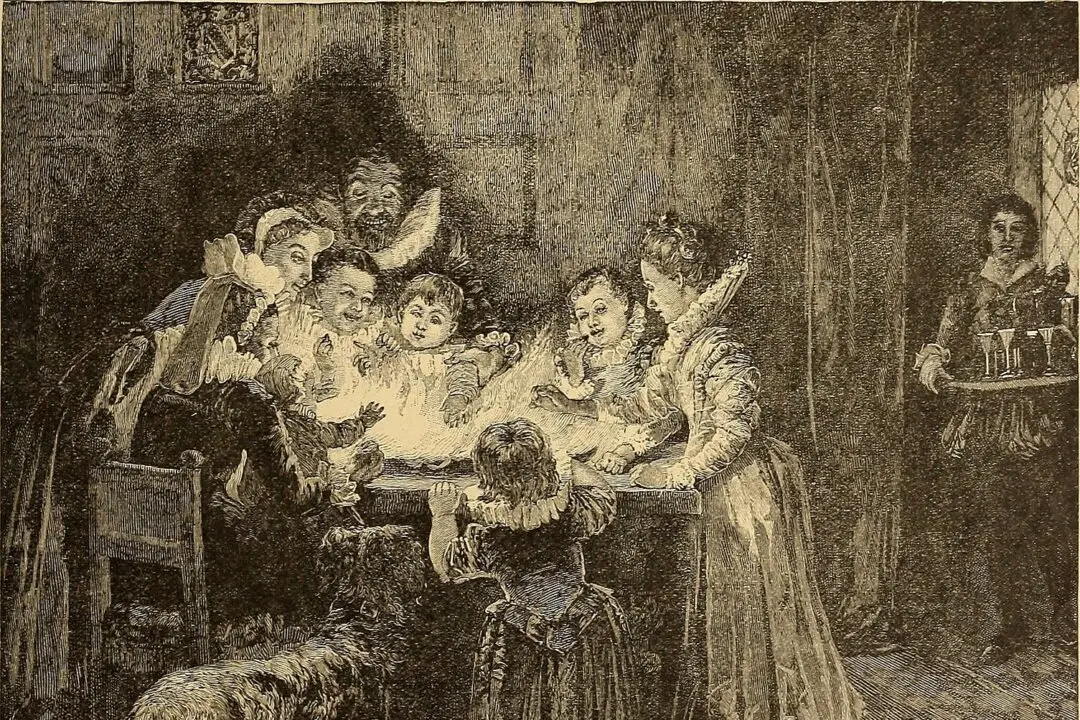After he graduated from Bowdoin College in 1825, Nathaniel Hawthorne essentially became a recluse, holed up in a dim attic in Salem for most of the next 12 years, reading and scribbling away. He committed himself to the literary equivalent of a Spartan life, spending all day reading and writing in what he termed his “Castle Dismal.” During this period, he read some 1,200 books and supported himself doing clerical work for his uncle’s stagecoach company and editing articles about fruit trees. He wrote, too, but destroyed much of what he produced. Speaking of himself and his sisters, knocking about the house, he said, “We do not live at our house; we only vegetate.” The sole fruit of the solitary years was a collection of short stories published in 1837.
As Mason Currey’s book “Daily Rituals: How Artists Work” explains, Nathaniel developed a fairly regular routine during the course of these years. In the colder months, he wrote or read until lunch, then read or wrote or did nothing at all until sunset. Sometimes he simply watched a patch of sun move slowly across the room. At sunset, he embarked on a long walk—like other novelists, such as Charles Dickens. After the walk, Hawthorne would eat a bowl of chocolate crumbled with bread and talk about books with his two sisters. In warmer months, Hawthorne went for an early-morning swim and a shoreside amble. Sometimes, he’d stand on a cliff and throw stones from his perch. He’d also people-watch: travelers on the toll bridge north of Salem or people congregating for church on Sunday mornings.






